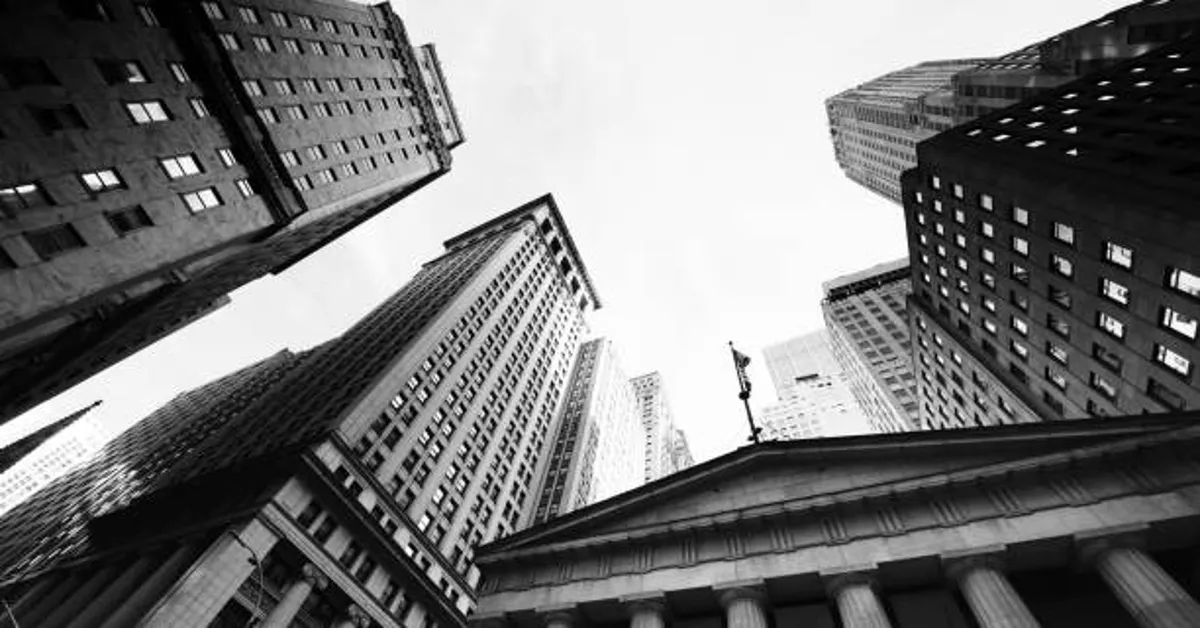When we hear the term Black Manhattan, it evokes images of Harlem’s vibrant streets, the roaring jazz clubs, the rise of the Harlem Renaissance, and the indomitable spirit of African Americans who shaped an era in New York City. Yet, Black Manhattan is not just Harlem—it represents a broader journey of Black communities carving out spaces for identity, culture, and economic empowerment in the very heart of America’s financial capital. This article will walk through the layered history of Black Manhattan, from its origins in early New York, through cultural explosions, struggles against systemic oppression, and into its lasting legacy today.
Early Black Presence in Manhattan
The history of Black Manhattan begins long before the Harlem Renaissance, tracing back to the 17th century. Enslaved Africans were brought to New Amsterdam, the Dutch colony that would become New York City, in the early 1600s. These individuals were central to the construction of the city—building roads, fortifications, and even the wall that gave Wall Street its name.
By the late 1600s, New York had one of the largest enslaved populations in the Northern colonies. The early Black presence was not merely that of oppression but also survival, adaptation, and eventual establishment of free communities. After gradual emancipation in New York was achieved by 1827, freed African Americans began settling in concentrated areas, eventually creating neighborhoods that would evolve into symbolic centers of Black life in Manhattan.
The Move Uptown: From Lower Manhattan to Harlem
In the early 19th century, Black residents lived in pockets of Lower Manhattan, notably the Five Points district. However, with waves of European immigration and urban development, Black communities were pushed northward.
By the late 1800s, Harlem, originally developed for middle-class white families, became accessible to Black residents as landlords sought tenants amid economic downturns. This migration marked the beginning of Harlem’s transformation into a Black cultural and political epicenter.
Table: Timeline of Black Migration in Manhattan
| Period | Key Developments | Impact on Black Community |
|---|---|---|
| 1600s | Arrival of enslaved Africans in New Amsterdam | Forced labor built city foundations |
| 1827 | Emancipation in New York State | Growth of free Black neighborhoods |
| 1850s | Black presence in Five Points | Emergence of early cultural communities |
| 1900s | Migration to Harlem | Creation of Black urban hub |
| 1920s | Harlem Renaissance | Explosion of arts, culture, and politics |
Harlem Renaissance: The Birth of Black Manhattan’s Golden Era
The Harlem Renaissance of the 1920s and 1930s was the defining era that solidified Black Manhattan’s reputation as a global cultural force. Harlem became the meeting ground for artists, writers, musicians, and intellectuals who celebrated African American identity while challenging racist stereotypes.
Music and Nightlife: Jazz was the heartbeat of Harlem. Clubs like the Cotton Club, Savoy Ballroom, and Small’s Paradise showcased legendary performers including Duke Ellington, Louis Armstrong, and Bessie Smith. These venues not only entertained but also served as cultural meeting places where Black artistry flourished despite segregation.
Literature and Arts: Writers such as Langston Hughes, Zora Neale Hurston, and Claude McKay articulated the struggles and triumphs of Black life through poetry, novels, and essays. Visual artists like Aaron Douglas infused African motifs into modernist designs, redefining Black aesthetics.
Politics and Identity: Leaders such as Marcus Garvey promoted Pan-Africanism, while organizations like the NAACP expanded influence in Harlem. The neighborhood became not just a cultural hub but also a center for activism and empowerment.
Economic Struggles and Urban Challenges
Despite the cultural vibrancy, economic inequality remained a constant struggle in Black Manhattan. The Great Depression devastated Harlem, leading to widespread unemployment, overcrowding, and poor housing conditions. While cultural institutions continued to thrive, many residents lived in poverty.
Racial segregation in employment and housing reinforced systemic barriers. The mid-20th century saw Harlem become a symbol of both Black resilience and urban neglect. Social unrest, including the Harlem Riots of 1935 and 1964, reflected frustrations with inequality, discrimination, and police brutality.
Black Manhattan Beyond Harlem
Although Harlem is the epicenter, the concept of Black Manhattan extends beyond its boundaries. In the mid-20th century, neighborhoods like Washington Heights and the Lower East Side also hosted vibrant Black communities. Additionally, the cultural impact of Black Manhattan radiated outward, influencing the entire city and beyond.
For example, Broadway and music districts benefited immensely from Black talent. The rise of gospel, blues, and later hip-hop—all tied to Harlem and broader Black Manhattan—shaped global music culture. Black-owned businesses, publications, and theaters reinforced economic independence and cultural pride.
Cultural Contributions of Black Manhattan
Music and Performance
Black Manhattan gave the world some of its most iconic musical genres. From the jazz revolution of the 1920s to the soul and hip-hop movements later on, Harlem was the stage upon which Black creativity reshaped American culture.
Literature and Journalism
The New Negro Movement, a literary arm of the Harlem Renaissance, challenged stereotypes and demanded recognition of Black intellectual contributions. Black newspapers like the Amsterdam News provided platforms for community voices.
Religion and Community
Churches were central to Black Manhattan’s resilience. Abyssinian Baptist Church, under Reverend Adam Clayton Powell Sr., was both a spiritual and political anchor. Churches served as gathering spaces, schools, and hubs for civil rights organizing.
Black Manhattan and Civil Rights
The mid-20th century positioned Harlem and broader Black Manhattan as a key front in the Civil Rights struggle. Leaders like Adam Clayton Powell Jr., who served as a U.S. Congressman, used Harlem as a base to push for national reforms. Organizations like CORE (Congress of Racial Equality) and the NAACP rallied in Manhattan, demanding justice and equality.
Civil rights marches often began or ended in Harlem, reinforcing its symbolic role as the capital of Black America.
The Decline and Revival of Harlem
By the 1970s and 1980s, Harlem faced decline due to economic disinvestment, rising crime, and the crack epidemic. Many cultural landmarks closed, and poverty deepened. However, Harlem’s identity as Black Manhattan persisted, kept alive by artists, community leaders, and residents.
The 1990s and early 2000s saw waves of gentrification, bringing both renewal and displacement. While property values rose and historic landmarks were restored, many long-term Black residents faced eviction or exclusion from economic growth. This tension remains central to conversations about Harlem’s future.
Modern Black Manhattan
Today, Harlem continues to be celebrated as the beating heart of Black Manhattan. While demographics shift, its legacy remains enshrined in cultural institutions like the Schomburg Center for Research in Black Culture, Apollo Theater, and Studio Museum in Harlem. Festivals, jazz tours, and community events honor the traditions that began nearly a century ago.
Black Manhattan also exists in the contributions of African Americans in finance, politics, and the arts across all of New York. The legacy is not confined to Harlem’s geographic boundaries—it is a living testament to resilience, creativity, and cultural pride.
Key Figures of Black Manhattan
| Name | Contribution | Era |
|---|---|---|
| Langston Hughes | Poet of the Harlem Renaissance | 1920s-1960s |
| Duke Ellington | Jazz legend | 1920s-1970s |
| Marcus Garvey | Pan-African leader | 1910s-1920s |
| Adam Clayton Powell Jr. | Congressman, civil rights leader | 1940s-1970s |
| Zora Neale Hurston | Writer and anthropologist | 1920s-1950s |
Legacy and Global Impact
Black Manhattan’s influence is felt worldwide. From jazz influencing European music scenes to the Harlem Renaissance shaping Pan-Africanism and post-colonial movements, its cultural power transcended borders. Harlem inspired cities from Paris to Lagos, becoming a blueprint for Black urban identity.
Its legacy is also visible in how Black culture is celebrated globally—through music, literature, art, and political movements that trace their lineage back to the struggles and triumphs of Manhattan’s Black communities.
Conclusion
Black Manhattan is more than geography—it is a story of resilience, identity, and cultural brilliance. From enslaved Africans in the 1600s to the Harlem Renaissance and into modern times, the journey of Black Manhattan represents both the struggles against systemic oppression and the triumph of creativity, community, and empowerment.
Its story is not finished. As Harlem and broader Manhattan evolve, the voices and contributions of African Americans remain central to New York City’s identity and to the global cultural stage. Black Manhattan is both history and living legacy—an eternal heartbeat within America’s most iconic city.
ALSO READ: Hamro Solar LLC: Pioneering Renewable Energy Solutions in a Rapidly Changing World
FAQs
Q1: What does “Black Manhattan” mean?
Black Manhattan refers to the historic and cultural presence of African Americans in Manhattan, especially Harlem, where Black communities created a hub of arts, activism, and identity.
Q2: Why is Harlem central to Black Manhattan?
Harlem became central due to mass migration of African Americans in the early 20th century, leading to the Harlem Renaissance, where art, literature, and music flourished.
Q3: Who were key figures of the Harlem Renaissance?
Important figures include Langston Hughes, Duke Ellington, Zora Neale Hurston, Marcus Garvey, and Aaron Douglas.
Q4: How did Black Manhattan contribute to civil rights?
Harlem served as a base for activism, with leaders like Adam Clayton Powell Jr. pushing for reforms and hosting marches that influenced national change.
Q5: What is the legacy of Black Manhattan today?
Its legacy lives on through cultural institutions, music, literature, and ongoing activism, keeping Harlem’s role as a global Black cultural hub alive.









